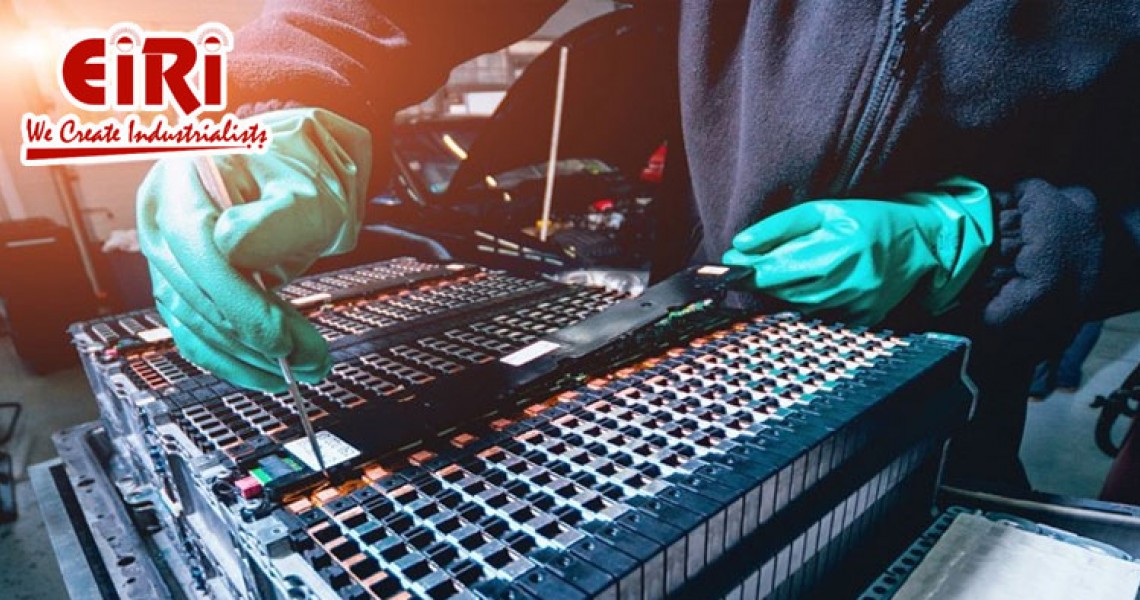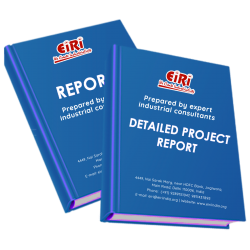Lithium Ion Battery Recycling Industry - Future Growth & Benefits

Lithium-ion batteries are in electronic devices. It should be recycled than put in trash or municipal bins. However, the recycling of Lithium-ion batteries should be with battery electronics certified recycler.
Electric vehicles are the rage and are the best way of cleaning energy revolution. Electric vehicles come with lithium-ion batteries, and recycling the batteries is complicated. The key takeaway is that lithium-ion batteries need less recycling than their counterparts in lead acid. Improving the recycling process of lithium-ion batteries ensures protecting the environment and saving money.
Why Lithium-ion battery recycling?
Lithium-ion battery recycling involves protecting the environment and recovering materials.
- Recycling batteries are good for the environment. Besides the monetary benefits, the battery parts are valuable. Recycling batteries is the same as recycling plastics. However, the metals are toxic and harm the water supply or the natural environment in a landfill.
- There are useful and valuable materials such as iron, cobalt, nickel, etc in lithium-ion batteries. These nickel and cobalt, these metals are environmentally and financially costly to process and mine these materials. Thus reclaiming and using them is useful. Rare metals such as cobalt are not easy to mine and it requires spending more money on their extraction.
The technologies of lithium-ion are the fastest segment growing considering the storage options of energy. The acceleration is more with the fast-growing market of electric vehicles. The current process of recycling is complex. Today, lithium-ion battery recycling undergoes a shredding process. In this process, the battery shreds into small pieces and is known as a black mass. The black mass undergoes processing and valuable metals such as nickel and cobalt is into extraction. This process lowers the component's value after extraction and is an energy-intensive process.
Why lithium-ion batteries are difficult to recycle?
Benefits of lithium-ion battery recycling
- Environmentalists and battery specialists give several reasons to consider lithium-ion batteries for recycling. They claim that battery materials can be into use in making new batteries. Thus the manufacturing costs may be low. Right now, the materials cost half the cost of the battery. The expensive components are nickel and cobalt, and the prices are around $12600 and $27500 per metric ton. However, in the 2019 first quarter months, the price of cobalt was $90,000 per metric ton.
- The Li-ion batteries have metal concentrations with lithium and manganese that are in surplus concentrations than the natural ones. Thus, the batteries are enriched ores, and if the metals from the used batteries are available during recovery, it will be economical. Once the recycling brings large-scale recovery of metals, the battery price can drop, and the electric vehicles can become cost-effective.
- Above all is the potential economic benefit. Lithium-ion battery recycling prevents materials from going into landfills. The batteries have manganese, nickel, cobalt, and other metals leaking from the batteries' casing. It contaminates the groundwater and the soil, besides threatening human health and the ecosystems.











